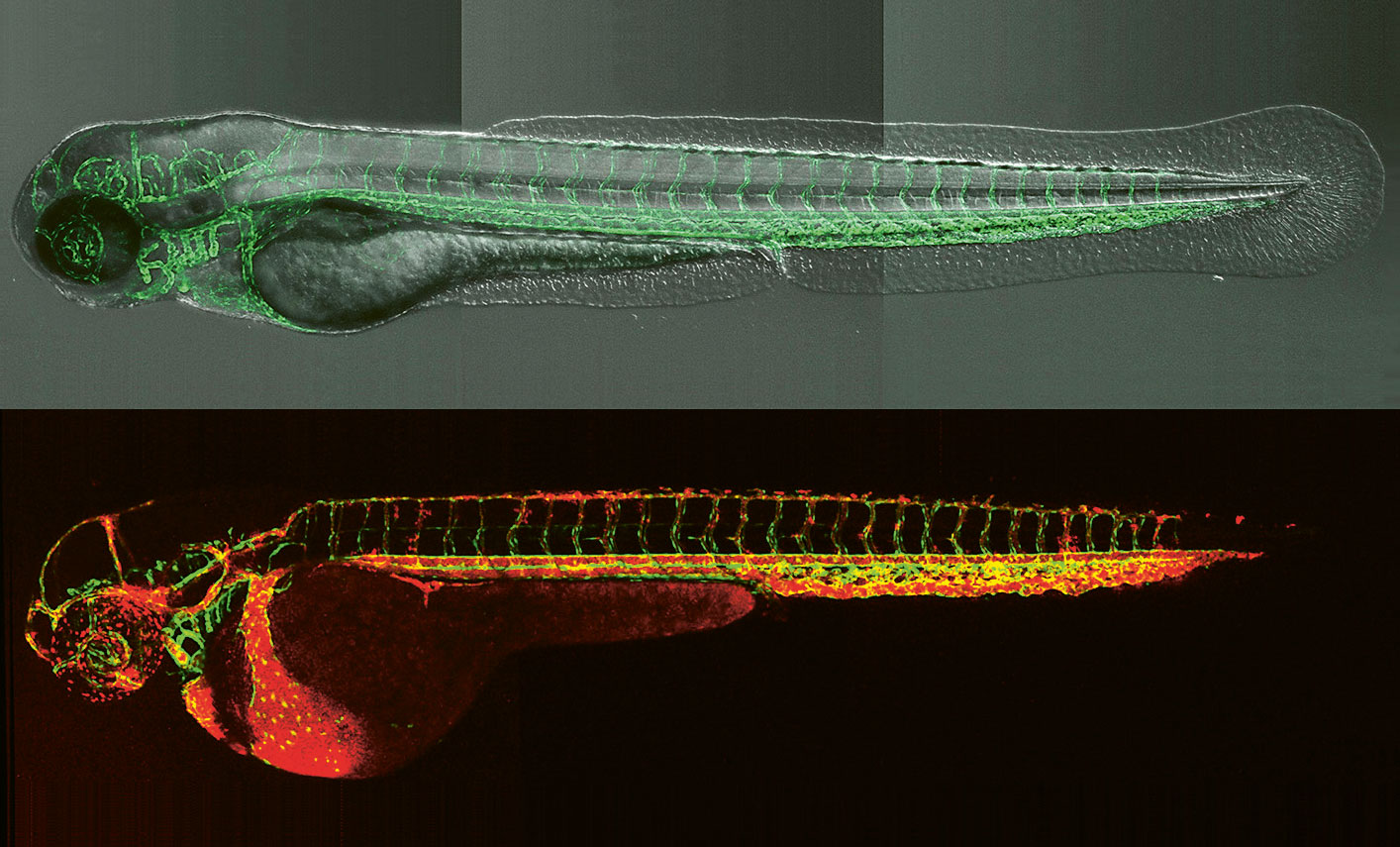MEASURING TECHNOLOGY
Observing billionths of a second
The molecules in the retina can change their state in a few billionths of a second. Researchers at ETH Zurich have now been able to measure these processes.

A ten-billionth of a second occurred between the front and back rows. This data visualisation shows what happens in a molecule that is excited by light. | Graphic: Fernando Ardana
Many essential biological processes need energy in the form of light – such as photosynthesis or the stimulation of photoreceptors in the retina. These processes are difficult to investigate because they involve changes in the state of electrons that last just a few billionths of a second and have been impossible to measure until now.
Researchers at ETH Zurich have now succeeded in observing such an ultrafast event in an organic molecule – using attosecond spectroscopy. For this, they use soft X-ray pulses from a laser that are more than 20 times shorter than the changes they observe.
In this way, the researchers can observe how an electron excited by light in a carbon atom relaxes back into its ground state, and they can calculate how this changes the structure of the molecule.




